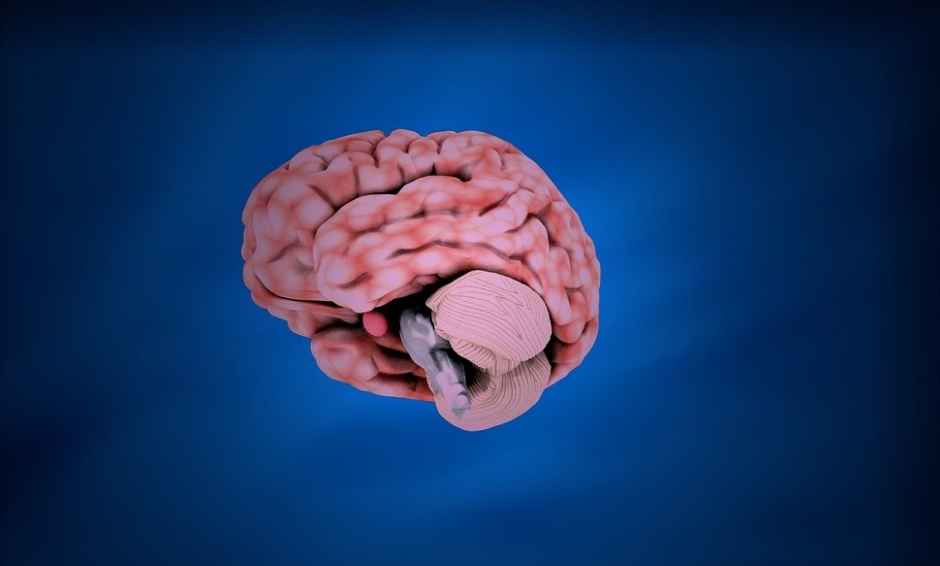A NOVEL method for mapping connectivity between different regions in the brain can show an individual’s intelligence and also potentially provide a greater understanding of how mental health disorders arise. This is according to researchers from the University of Cambridge, Cambridge, UK, who compared conventional magnetic resonance imaging (MRI) scans of various parts of the brain to build a map of the connectome.
Method
The team calculated multiple structural features of the brains from MRI scans of 296 typically-developing adolescent volunteers, before confirming the results in another 124 volunteers. This enabled each region of the brain to be described using as many as 10 different characteristics. A connected network between two regions was assumed if they have similar profiles, and these were described as morphometric similarity networks (MSN). This assumption was verified by observing publicly-available MRI data of 31 juvenile rhesus macaque monkeys.
Link with IQ
Using these MSN, a map was built that displayed the strength of the connection levels between the hubs. Closer connection points were linked with higher levels of intelligence, as well as higher order functions, such as problem solving and language.
“We saw a clear link between the ‘hubbiness’ of higher-order brain regions, in other words, how densely connected they were to the rest of the network, and an individual’s IQ,” said PhD candidate Mr Jakob Seidlitz, University of Cambridge. “This makes sense if you think of the hubs as enabling the flow of information around the brain: the stronger the connections, the better the brain is at processing information.”
Mental Health
The researchers believe that the findings could lead to intelligence being measured through brain scans rather than IQ tests. Additionally, it is hoped that this mapping technique could help establish how mental health conditions, including anxiety and depression, develop from differences in connectivity within the brain.
Variations in IQ
The team now wish to understand why IQ levels varied between the participants. While 40% of this variation was accounted for by the MSN, and a higher resolution scanner could well account for even more, this does not explain why some brains are more connected than others.
James Coker, Reporter
For the source, and further information on the study, click here.








